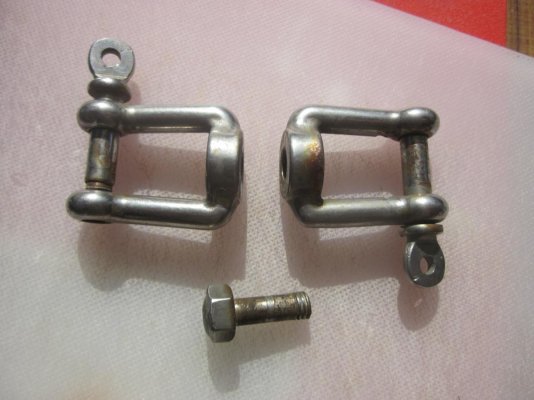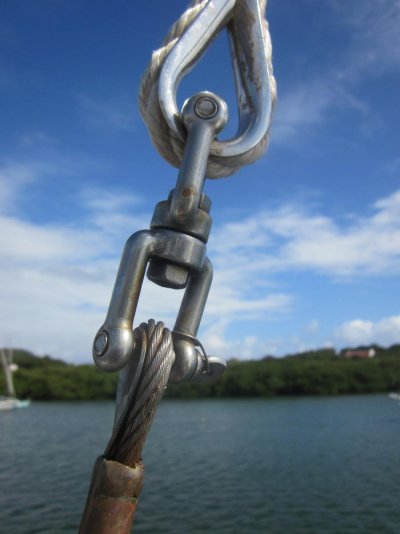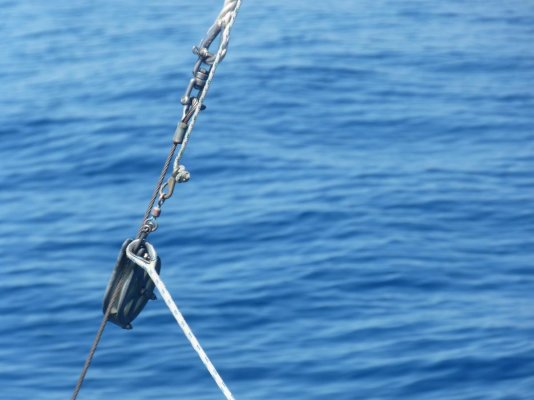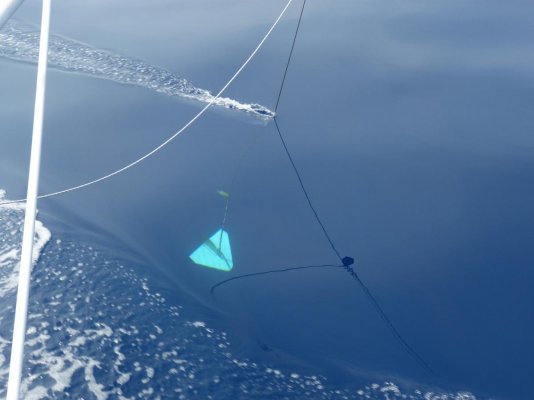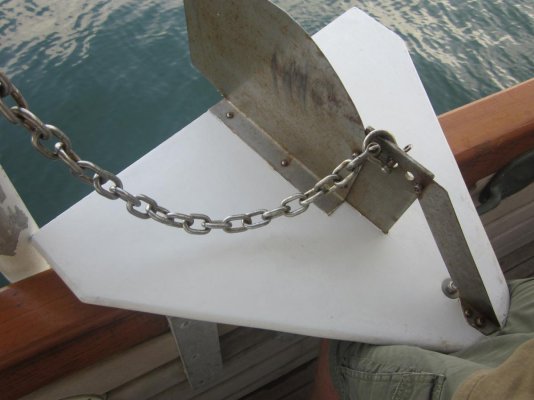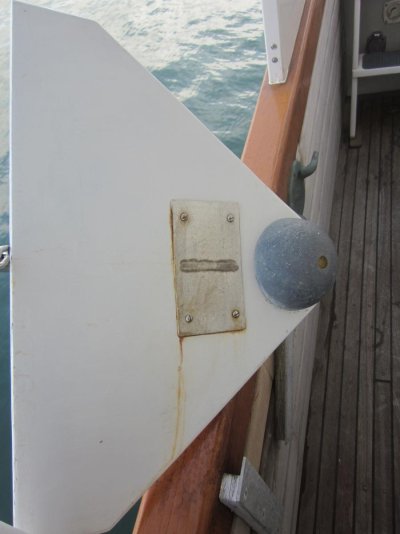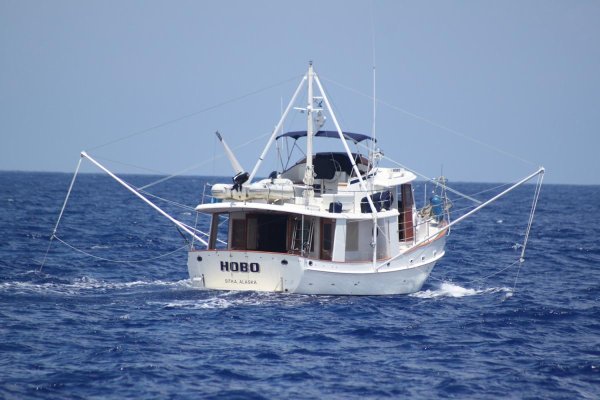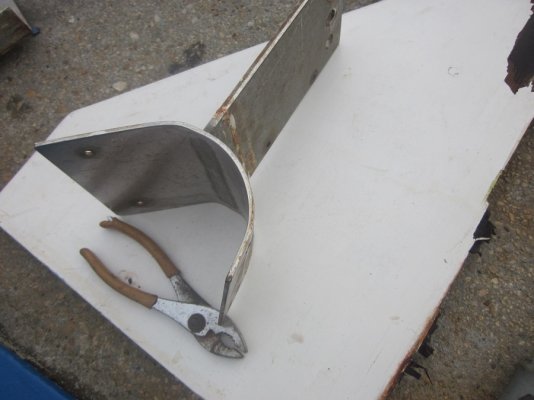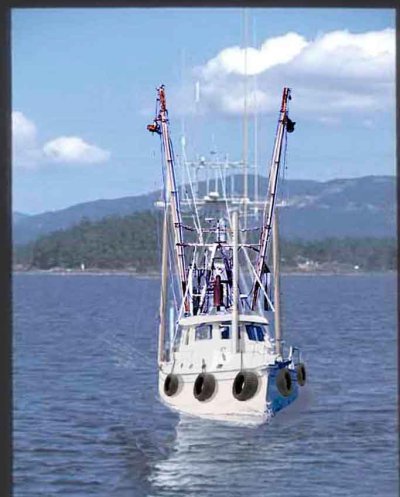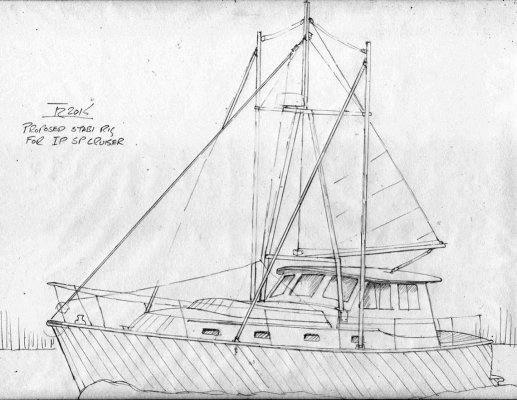Active stabilizers come in very handy in the IWC for dealing with wakes. I've lost track of how many boats I've called to arrange a slow pass and they'll come back to me with "Don't worry about it I've got my stabilizers on. So roll on by at speed.". And there are areas along the ICW and areas getting to or from the ICW that involve open water that can be shallow.
Plus paravanes add significantly to your air draft.
Don't get me wrong, they work and they are a good option for many. I'm just not sold on them as the best option for people who are going to spend the majority of their time cruising the ICW and other shallow waters.
And as I mentioned before, IMO a boat with active stabilizers is an easier sell at resale. And I think active stabilizers add more value to a boat.
But hey, what do I know? I've been wrong before.



